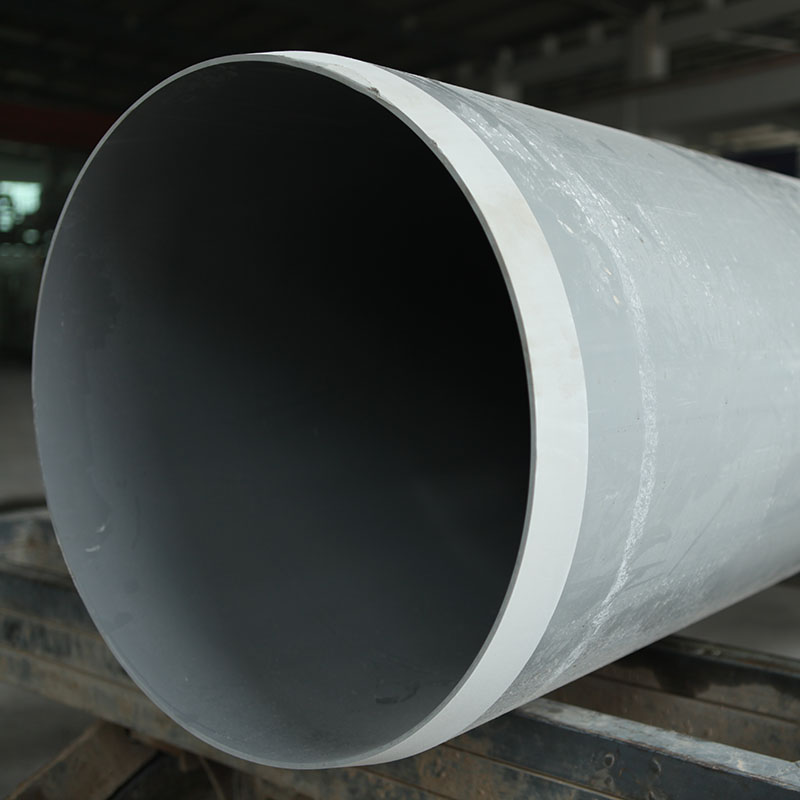Sep . 26, 2024 00:11 Back to list
PPR Pipes and Fittings Overview for Efficient Plumbing Solutions and Applications
Understanding PPR Pipes and Fittings An Eco-Friendly Solution for Modern Plumbing
In recent years, the plumbing industry has seen a significant shift towards eco-friendly and durable materials. One of the standout options in this category is Polypropylene Random Copolymer (PPR) pipes and fittings. Widely embraced for their exceptional properties, PPR pipes have revolutionized both residential and commercial plumbing systems.
PPR pipes are made from a thermoplastic material known for its strength and high thermal stability. Unlike traditional PVC or metal pipes, PPR pipes offer numerous advantages that make them a preferred choice among contractors and homeowners alike. One of the most notable benefits is their resistance to corrosion and chemical damage. This characteristic ensures a longer lifespan, making PPR an economical choice in the long term.
Understanding PPR Pipes and Fittings An Eco-Friendly Solution for Modern Plumbing
Another vital aspect of PPR plumbing systems is their excellent soundproofing capabilities. Unlike metal pipes that can cause noise pollution when water flows through them, PPR pipes work to minimize sound transmission, creating a quieter and more comfortable living environment.
ppr pipes and fittings

In addition to their practical features, PPR pipes and fittings are also environmentally friendly. Made from recyclable materials, PPR systems contribute to sustainability efforts by reducing plastic waste in landfills. Furthermore, the manufacturing process of PPR pipes consumes less energy compared to other material alternatives, aligning them with global green initiatives.
Installation of PPR pipes is straightforward due to their heat fusion technique. This process involves heating the pipe and fitting ends before pushing them together, resulting in a strong, leak-proof joint. This method not only ensures a secure connection but also reduces the need for additional fittings, minimizing potential weak points in the system.
PPR fittings come in various forms such as elbows, tees, and caps, which make it easy to create complex plumbing layouts without compromising the system's integrity. These fittings enable seamless connections in both residential and commercial applications, whether it’s for water supply, heating systems, or even in industrial use.
Despite their many advantages, it’s essential to source PPR pipes and fittings from reputable manufacturers to ensure quality and compliance with industry standards. Certified products guarantee that the materials are designed to withstand high pressure and temperature variations, ensuring reliability over time.
In conclusion, PPR pipes and fittings represent a modern approach to plumbing solutions. Their durability, ease of installation, eco-friendliness, and cost-effectiveness make them a superior choice for both new constructions and renovations. As sustainability becomes increasingly important in various industries, the adoption of PPR in plumbing systems stands out as a forward-thinking decision that not only benefits the end-users but also the environment. Whether you are a contractor, architect, or a homeowner, investing in PPR piping systems is a step towards a more sustainable and efficient future.
-
High-Quality PPR Pipes and Fittings Durable ERA PPR & PVC PPR Solutions
NewsJul.08,2025
-
Black HDPE Cutting Board - Durable, Non-Porous & Food Safe HDPE Plastic Cutting Board
NewsJul.08,2025
-
High-Quality CPVC Panel Durable HDPE & PVC Panels Supplier
NewsJul.08,2025
-
Double PE Welding Rod Supplier - High Strength, Durable & Versatile Welding Solutions
NewsJul.07,2025
-
High-Quality PVC-O Pipe Supplier Durable 75mm PVC Pipe & Connections Leading PVC Pipe Company
NewsJul.07,2025
-
HDPE Drainage Pipe Supplier – Durable & Corrosion-Resistant Solutions
NewsJul.06,2025

